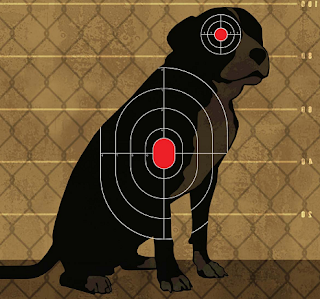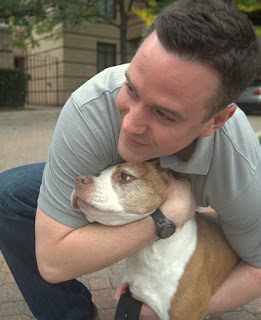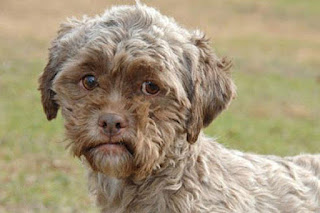Photo By: Airman 1st Class Alexandra Singer
A dog lover’s guide to the new forest
dog walking forests near me
ENJOYING THE NEW FOREST WITH YOUR DOG
“The New Forest is a world capital for wildlife, with a huge diversity of rare plants and animals,” she explained. “The unique landscape is shaped by the grazing of ponies and cattle that roam freely and is one of the last places in southern England to offer a sense of wilderness and tranquillity.
“It’s a wonderful place to explore with your dog, whether you like to walk through woodland trails, along streams and rivers, over heathland, or down by the coast; the New Forest has it all.
“My dog, the Cooper, loves the days when he joins me, but it’s a huge responsibility for me to make sure he can enjoy his walks without harming the precious and rare wildlife that we’re working to protect.
“Ground nesting birds are the toughest challenge for us. As a spaniel, Cooper would like nothing better than to flush them out and give chase. But every time a bird is disturbed, they waste precious energy, nests become vulnerable to predation, and many will be abandoned altogether.
I always carry a lead so I can pop him on it whenever I need to.
“There can be ponies or cattle just about anywhere in the Forest, so it’s essential he has a good recall and I can steer him safely around them.
“It’s also important that his bouncy enthusiasm doesn’t cause issues for other users, so I don’t allow him to approach other dogs (especially dogs on leads and assistance dogs), cyclists, other walkers, or horse riders.
“I carry a Dicky Bag as products like these are an easy and hygienic way to carry his poo bags until I reach a bin or return home. Every year ponies die from ingesting discarded poo bags left on the Forest, so it’s essential they are always removed.
“The hard work is all worthwhile though as Cooper is a great companion and is the New Forest’s doggy ambassador for following the New Forest Dog Code. We call him our ‘bark ranger’.
● For details on enjoying the New Forest with your dog, visit www.newforestnpa.gov.uk/dogwalking.
The New Forest is a stimulating environment for dogs.















